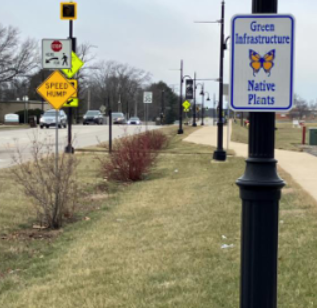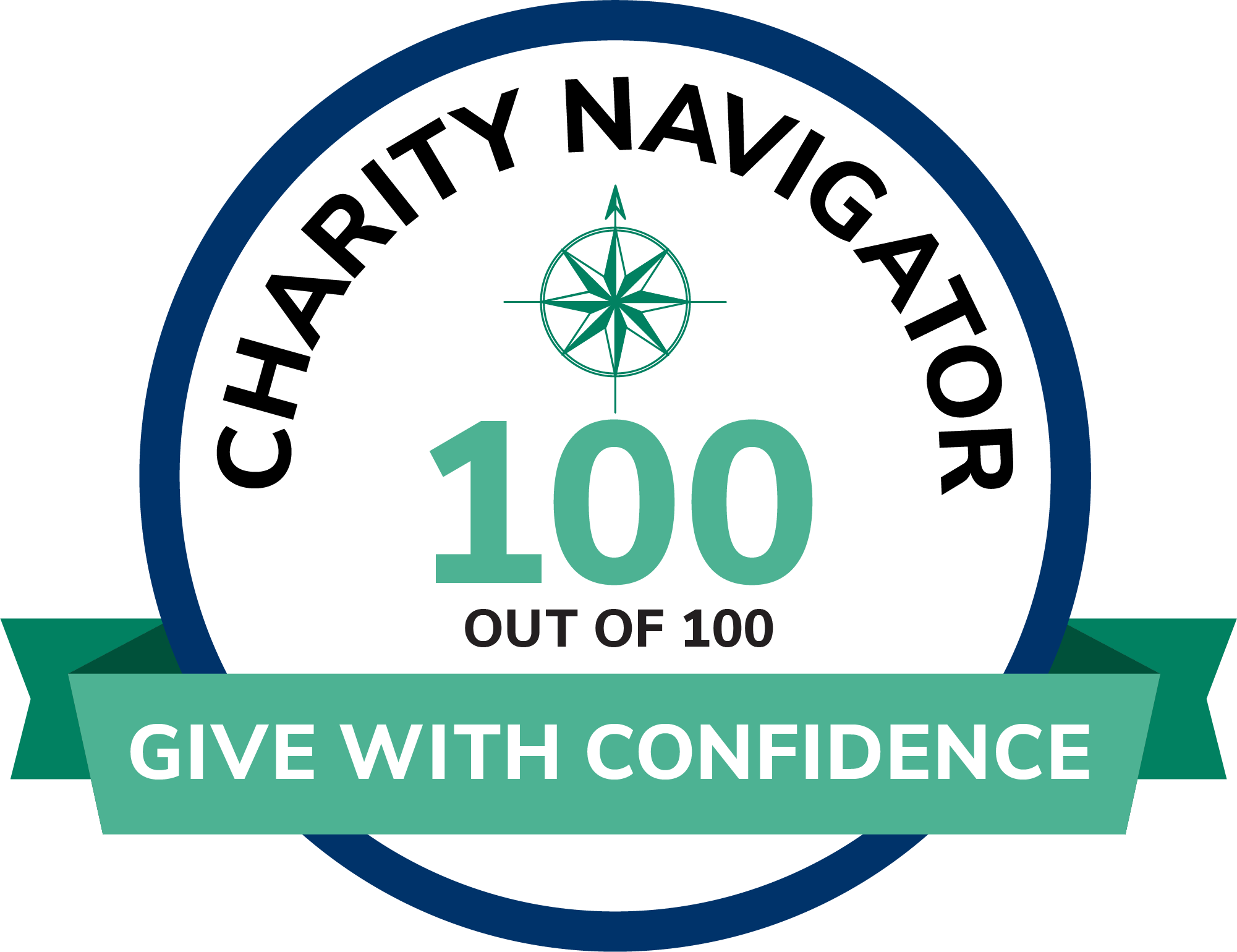
The City of Peoria has begun pursuing green solutions to prevent stormwater from entering and overwhelming its combined sewer overflows (CSOs), thereby preventing localized flooding, water pollution, and habitat loss.
We invited Darren Graves, the Green Infrastructure Coordinator for the City of Peoria, onto our Resilient Communities Webinar Series to walk us through the projects lining their streets.
Instead of using traditional “gray” infrastructure, such as pipes, tanks, or tunnels, the city installed green infrastructure, including pervious pavers, rain gardens, green roofs, and planter boxes filled with native plants, each uniquely designed to absorb stormwater runoff before it enters the combined sewer system.
By reducing the strain on the sewer systems, drains, and pipes, the city saves money by extending the life of its existing infrastructure. In addition to these benefits, the cost of installing green projects is approximately two-thirds that of gray infrastructure.
The City of Peoria is not the first community to look to nature to solve its environmental problems. Flood-prone communities across the state are incorporating nature-based solutions to increase their resilience in the face of climate change.
Prairie Rivers Network’s River Health and Resiliency Organizer, Nina Struss, joined the webinar to explain the benefits of nature-based solutions, including green infrastructure projects.
She clarified all the interchangeable terms like “natural infrastructure”, “green infrastructure”, and “nature-based solutions”. Nina taught us about the wide-ranging co-benefits, including improvements in water and air quality, wildlife habitat, carbon sequestration, and community recreation use. She emphasized the importance of green spaces for mental health and how having recreational areas can enhance a community’s quality of life. Her work with communities to incorporate nature-based solutions also highlights the crucial role of these projects in combating environmental injustice. She emphasized the role of community involvement in project planning to ensure equitable outcomes that align with local preferences.
Nina’s work played a crucial role in publishing the Quad Cities Climate Assessment, a collaborative effort between Prairie Rivers Network, the National Wildlife Federation, and the Discovery Partners Institute.
This report utilized climate models to enhance understanding of how nature-based solutions can mitigate the impacts of flooding events in the Quad Cities. Below, you can see photos of two of these models. The top picture shows mass flood events in yellow and green. The bottom photo shows reduced flooding after the installation of green infrastructure projects.
Reports like the Quad Cities Climate Assessment enable city planners to understand the impacts of these projects and plan for a more sustainable future. You can review the factsheet or watch this brief clip highlighting the benefits of nature-based projects.
Our last presenter shared information on how to access state grants to fund these green infrastructure projects.
Christine Davis, with the Illinois Environmental Protection Agency’s Watershed Management Section, deep-dived into the Green Infrastructure Grant Opportunity, which is expected to be released this spring.
The Green Infrastructure Grant Opportunities (GIGO) Program funds stormwater management techniques or practices that enhance natural hydrology, allowing stormwater to percolate into the soil to reduce pollutants from entering our waterways. The program includes $5,000,000 in funding for projects that improve water quality in Illinois. Eligible grantees can apply for grants ranging from $75,000 to $2,500,000. Examples of best management practices include the creation of wetlands, detention ponds, bioinfiltration areas, rain gardens, and rainwater harvesting systems. Although the 2025 GIGO Program has not opened yet, you can review last year’s notice of funding opportunity (2024 NOFO) to prepare and better understand this opportunity.
“Green works because it saves money, beautifies public spaces, decreases pollution, and improves air quality.” –City of Peoria
Register for future webinars or catch up on past episodes on our Resilient Communities webpage.







